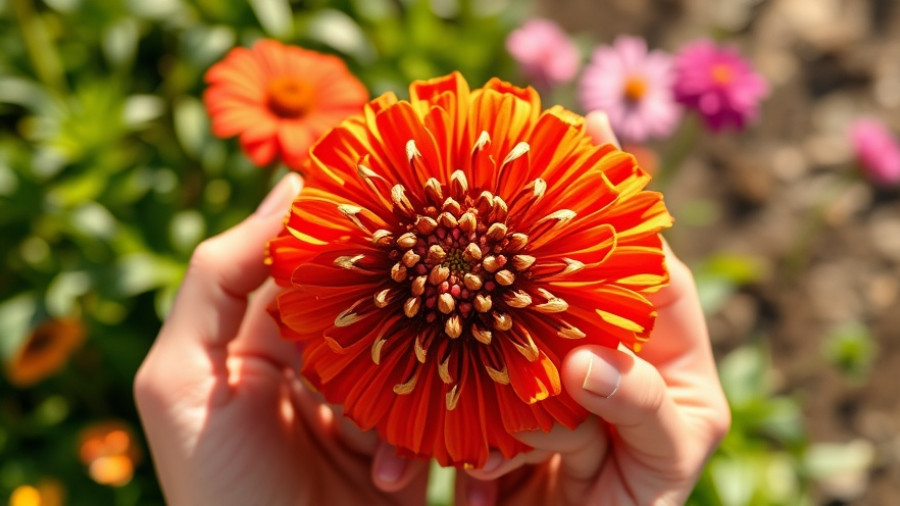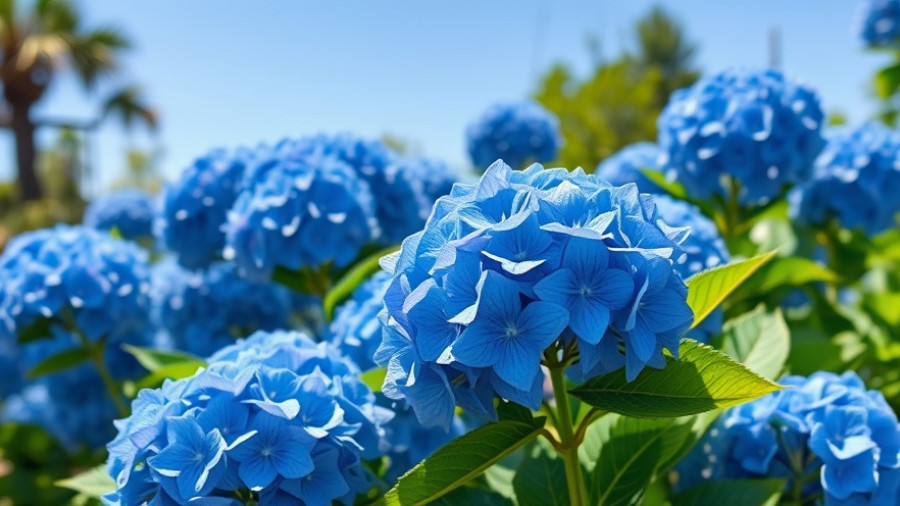
The Essential Guide to Fall Cleanup: Protect Your Perennials
As the golden hues of autumn settle over your garden, it’s easy to feel the urge to jump into cleanup mode. However, rushing into fall gardening tasks can inadvertently harm your perennials, stifling their growth and beauty for the coming seasons. Understanding the critical mistakes to avoid during this transitional period can be integral to nurturing a thriving garden.
Understanding Perennial Dormancy
Perennials are remarkable in how they adjust to seasonal changes. In the fall, some plants prepare for dormancy, pulling nutrients back into their roots. This natural process means that cutting them back indiscriminately can rob them of essential resources. Instead, learn to recognize which perennials need seasonal pruning and which do better when left alone until spring. This simple decision can make a remarkable difference in the health of your garden.
Mulching as Nature's Armor
One of the most effective ways to support your perennials during the colder months is through proper mulching techniques. A layer of mulch not only keeps the roots warm but also helps to retain moisture and provides nutrients as it breaks down. Many gardeners underestimate the effectiveness of leaves as a natural mulch. Instead of raking them away, consider letting them accumulate; they can fortify your plant beds with vital nutrients and serve as insulation against frost.
Avoiding Overzealous Cleanup
One of the biggest pitfalls gardeners face is the temptation to clean up too thoroughly in the fall. This overzealousness can mean removing stems that would otherwise offer protection against the winter chill. Leaving seed heads is also crucial—birds and other beneficial wildlife rely on them during the colder months. By allowing nature to do some of the heavy lifting, you foster a richer, more vibrant ecosystem within your yard.
Consider Wildlife in Your Cleanup
A flourishing garden isn't just about flowers and leaves—it's also about the array of wildlife it supports. During the fall cleanup, remember that many insects, birds, and mammals depend on the natural environment you cultivate. Leaving some areas untended can provide essential habitats for overwintering creatures. Incorporating elements of wildlife-friendly gardening can not only enhance biodiversity but also enrich your own gardening experience.
Practical Insights for a Successful Fall
To maximize the health of your perennials, consider the following actionable insights this fall:
- Only prune perennials that require it; leave others intact.
- Apply organic mulch to protect roots and retain soil moisture.
- Embrace fallen leaves as a natural nutrient source.
- Consider wildlife in your cleanup plans—think of their needs too.
- Utilize compost and organic materials for added fertility during colder months.
Myth Busting: Common Misconceptions
Many assume that the best course of action for a healthy garden is a tidy garden. However, this couldn't be further from the truth when it comes to fall cleanup. Think of your garden as a natural ecosystem where a bit of chaos can lead to healthier plants and animals alike. Embracing this philosophy enables you not only to maintain beautiful flowers but also to support the circle of life right in your backyard.
The Path Forward: Planning for Next Season
As you engage in fall gardening this season, consider it an opportunity not only for cleanup but also for reflection and anticipation of what lies ahead. Preparing the soil and ensuring your perennials are optimally cared for will set the foundation for spring blooms and growth. Your efforts today will pay off in vibrant landscapes tomorrow. So grab your rakes—with a mindful approach—and enjoy the process of cultivating your garden's future.
Incorporating these insights into your fall cleanup rituals can yield a richer, more dynamic ecosystem that benefits not just your garden, but also the local wildlife. If you're on the hunt for more tips on enhancing your outdoor spaces, explore our resources on backyard makeover ideas, eco-friendly yard care, and seasonal planting guides.
 Add Row
Add Row  Add
Add 




Write A Comment